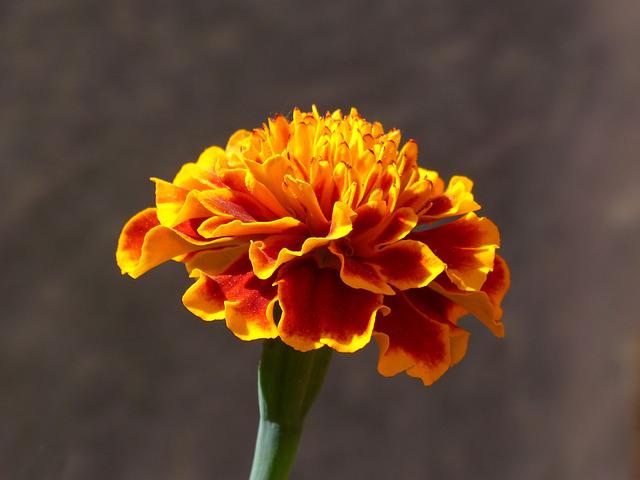How To Grow Carnation Flower? The Ultimate Guide to Growing Carnations
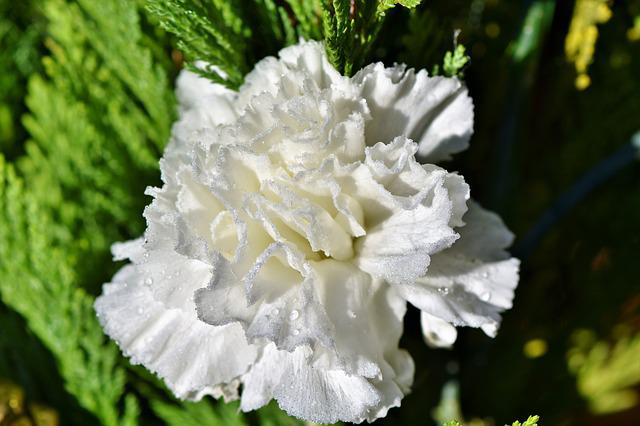
Carnations are one of the world’s most well-known flowers, for a good reason! They are versatile, reliable, and add a touch of elegance to any setting. If you’re interested in growing carnations, this guide is for you. We’ll teach you everything you need to know about growing carnations – from knowing the different ways of planting carnations to care tips. After reading this guide, we hope you’ll be well on becoming a successful carnation enthusiast!
Table of Contents
4 Ways to Plant Carnation
Planting Through Seeds
- To grow carnations from seed, you should pick cultivars suited to your region’s climate.
- Start planting the seeds at the start of spring. If you want the best possible results, ensure the soil is moist but not drenched.
- Separate the seeds by at least a foot (30 centimeters). Place a layer of soil that is 0.6 centimeters (0.2 inches) thick over the top. Use a firm touch.
- Sprinkle some water on the seeds every once in a while to keep them moist. In two to three weeks, the seeds will sprout.
- Start indoors in a sunny window six to eight weeks before the last frost date in your area. Plant the seeds in the potting soil and cover them with a thin layer of dirt.
- Using plastic to create a greenhouse effect and a mist sprayer could help keep the plants healthy and hydrated.
- Seedlings should emerge within three days of planting.
- Don’t put them in their pots until they’ve grown at least 4 or 5 inches; then, you should wait to move them outside.
- Carnations can also be sown outside after frost’s danger, but they probably won’t bloom the first year.
- To ensure the plants’ survival through the winter, you should only do this if you live in a USDA growing zone 6 or higher.
From Cuttings
- Cut the plant’s stems to about 5–6 inches long.
- To cut the stem, garden shears are used. If you try to rip or break the stem cutting, the plant will be hurt for good.
- The cutting should have few leaves and no flowers.
- Leaves on the bottom half of the stem cutting should be taken off.
- The cutting end can be sprayed with a rooting hormone to help roots grow. But you don’t have to do this.
- Place the stem cutting the right size in medium-sized Holes for draining.
- The pot should be filled with potting mix soil. Use nutrient-rich soil that drains well.
- Spray water on the soil and put the pot where it will get indirect sunlight.
- Since the roots haven’t grown, you shouldn’t put the pot directly in sunlight. If you put it in direct sunlight, it will not grow as well.
- It takes the plant between 20 and 30 days to make roots. When it starts to make new growth, you can say that it is growing.
- Water the cutting often, but don’t do it too much.
By Division
- Bring out a clump of faded carnations.
- Cut the plant up into pieces. You can use your hands or two gardening forks inserted into the plant’s middle to do this.
- After cutting, rinse the pieces under running water.
- Mix 1 part potting soil and 2 parts sand in a Burlap Sack. Add enough carnation pieces to fill it up completely. Pack down the mixture with your hands or use a shovel to make an even layer on top of the root system of the plantings you have made from cuttings taken from purchased plants.
In Pots
- Place the carnations in large pots that can accommodate multiple plants. These containers ought to have drainage holes. Fill them with soil that drains quickly.
- Create shallow holes in the container for the roots. Typically, three to five carnations can be planted in a ten-inch pot.
- Pack soil around the stems to keep the carnation root crowns above ground.
- Don’t cut the carnations back until they’ve developed at least 10 leaflets. Then, prune the carnations so that the top six pairs are no longer connected.
- Once per week, half-strength 20-20-20 all-purpose plant food should be applied to the carnations. During winter, stop fertilizing the carnations.
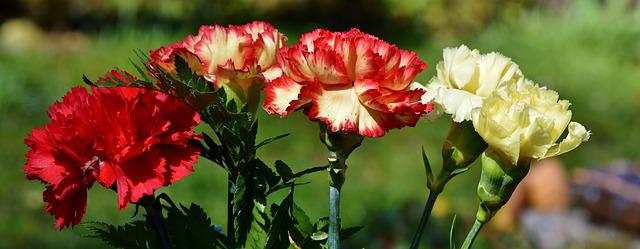
Care Tips Carnations
Dianthus are very low-maintenance plants to grow and care for. Therefore, Dianthus Calophyllum does not fare as well in colder climates as other dianthus cultivars, which do well in USDA hardiness zones 7 through 10. Despite dianthus’s reputation as a short-lived perennial, it has the potential to thrive for several decades under the right conditions.
They are a great choice for a cottage garden because of their vibrant colors and low seasonal maintenance needs. Once they have finished flowering for the season, deadhead them to encourage further blooming. It’s best to use a natural mulch rather than one dyed. Carnation leaves, which deer can’t eat, may be a favorite snack of rabbits.
Selecting a Variety
There are many Dianthus cultivars available, each with its distinctive features. Choose a variety that is suited to your climate and garden situation. One of the best things about growing carnations is that there are wide varieties to choose from. When selecting a Dianthus, consider its height and spread, color range, fragrance, bloom time, deadhead requirements, and soil preference.
Sunlight
Carnations like full sun but will tolerate partial shade if it is well-drained. Ensure they get at least six hours of sunlight a day, preferably more.
Soil
For optimal growth, carnations should be planted in alkaline or “sweet” soil that drains well. Greater amounts of calcium, magnesium and salt are found in alkaline soil. You can give your carnations a head start by amending acidic soil with some lime before you plant them.
While full sun is ideal, they can also be grown in partial shade. Carnations with vividly colored petals may be yellow if left in the midday sun for too long. It is recommended that your plant be situated to receive morning light rather than afternoon sun if you want the flowers to retain their color and beauty.
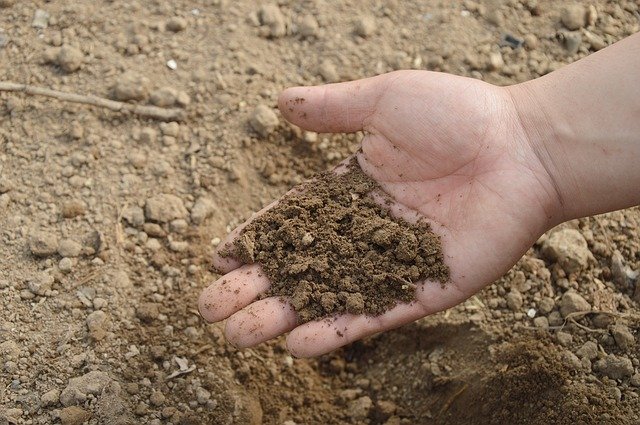
Weed Spray
When the flower buds on a Dianthus Calophyllum develop in the spring, they need regular watering to ensure their success. They could use some extra fluids in the warmer months to keep them going.
Directly water the plant instead of letting the water run off at the plant’s foundation. Be wary of overwatering your plants, as this can result in wilted leaves and fallen blossoms.
Weather
Carnation flowers thrive in warm climates but wither in extreme heat. Specifically, they thrive in dry air. However, a light misting of cold water may be welcome in extremely hot weather.
Pruning
Pruning should begin about a month after planting. Cut the stem so that there are five leaf pairs. You can use the same method to pinch off individual shoots as they emerge. This method causes the plants to develop bushier stems and more flowers. If you want more flowers, prune your plants so that only the two strongest stems remain on the main stem.
When a plant has finished blooming, cut off any spent flowers to keep it looking its best. Thus, the risk of disease developing on withering petals and spreading to otherwise healthy plant parts is reduced. To encourage a second blooming of perennial dianthus, giving the plant a light shearing after the first round of flowers has faded is recommended.
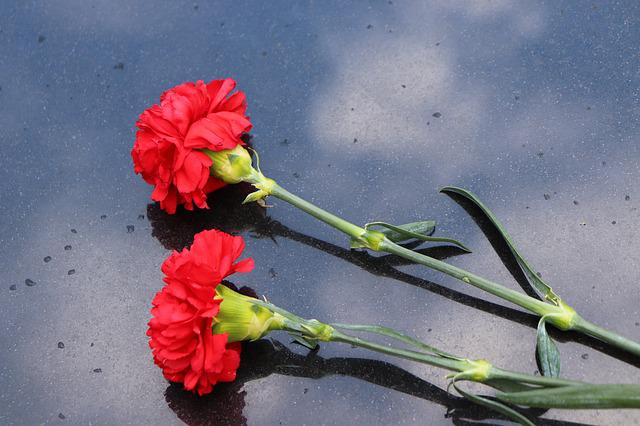
Toxicity
The carnation is one of the most exquisitely poisonous plants there is. Swallowing carnation leaves can be mildly toxic for cats, causing them to throw up and/or have diarrhea. If your cat has eaten a lot of the plant, it may throw up several times. When you throw up, you might feel sick, throw up, and lose your appetite for a few hours, but these feelings usually pass after a few hours. The availability of water must be ensured at all times.
Variations’ components can cause mild to moderate skin irritation, leading to a cat’s lips becoming red and swollen if ingested. If your cat is showing severe symptoms or if they have not improved after 8 hours, you should take them to the veterinarian. A dog eating too many carnations can cause skin irritation and digestive problems.
Harvesting
Picking carnations requires only one or two of the flowers on spray varieties with multiple flowers per stalk open. The best harvest times are early in the morning or late at night after the dew has dried.
If you harvest in the evening, you can recut the stems underwater and put them in cold water for the night. Conditioning flowers is the term for this process. The stems will be fully hydrated and ready for use after some time.
